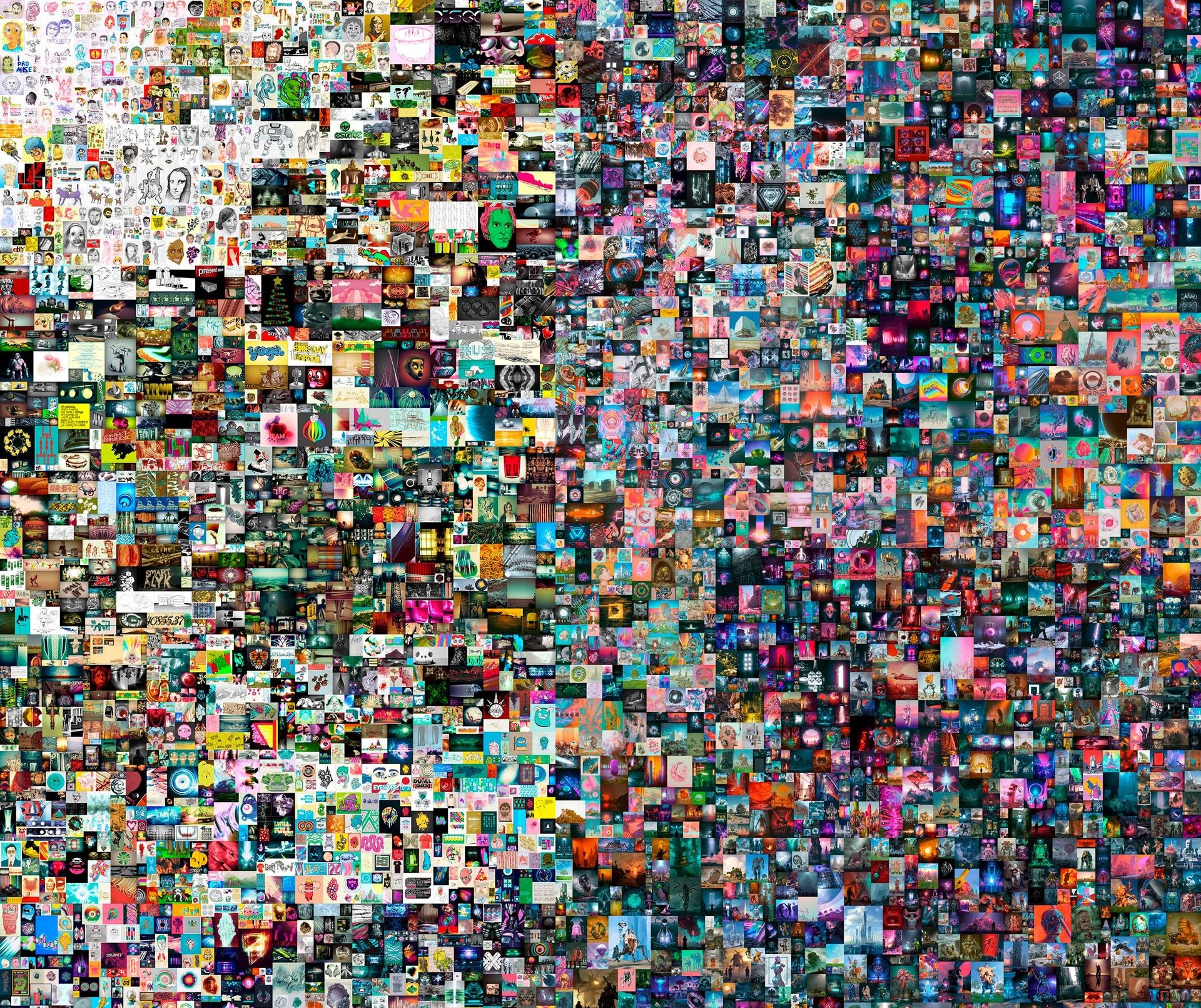In this article, we are going to go over NFT art rules and copyright, so you learn what you should know before venturing into the world of NFTs.
What are the NFT art rules? Is it true that NFTs are not protected by copyright? Because they do not meet the basic conditions for copyright protection, NFTs are probably not copyrighted. They simply represent data on a blockchain, which under intellectual property law does not qualify as an original work of authorship.
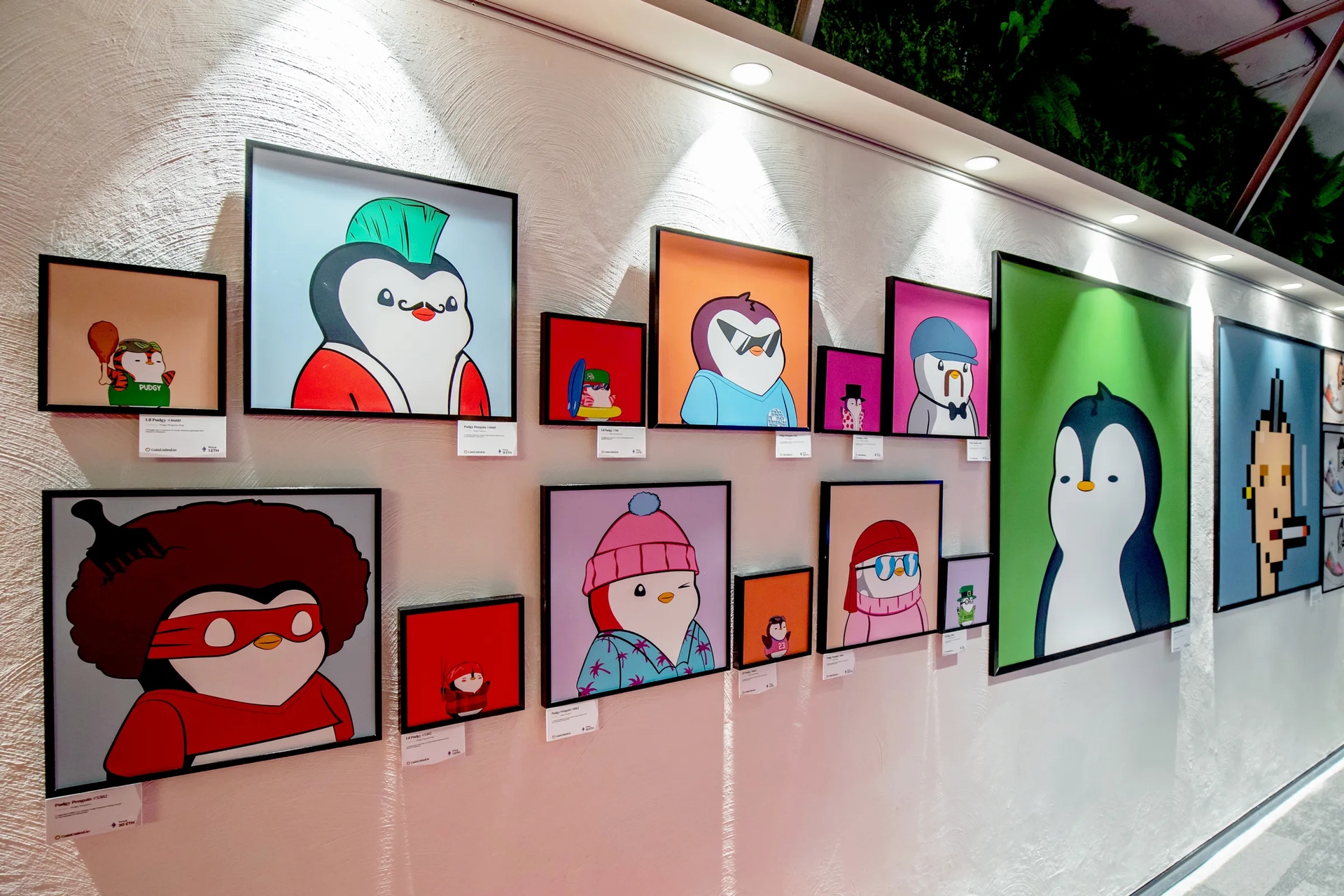
NFT art rules: Let’s start with the most important thing
Artworks (digital or not) are not the same as non-fungible tokens. NFTs are “non-fungible tokens,” which means they represent digital assets and include a certificate of authenticity stored on the blockchain. Interchangeability is not possible with NFTs, which means it’s a unique element that can’t be replaced with another even if they have the same value.

On the other hand, a fungible asset is a valuable commodity that has units that are mostly interchangeable and that each part of which is indistinguishable from the next. Exchanging two 5-dollar bills for one 10-dollar bill, for example, transforms money into a fungible asset. In total, NFTs represent tokens of ownership in a token rather than the underlying artwork. However, we are already seeing lots of copyright claims and legal matters.
What is minting?
When you create an NFT, you must first “mint” the digital version of your work. The process of tokenizing artwork is referred to as minting it. You’ll then be charged “gas fees” to start the transaction and make your work available as an NFT on a marketplace. You should never mint an NFT on another platform once you’ve created it for a marketplace. If you ever decide to do so, keep in mind that most platforms have the power to delete the NFT or even suspend your access to their site.
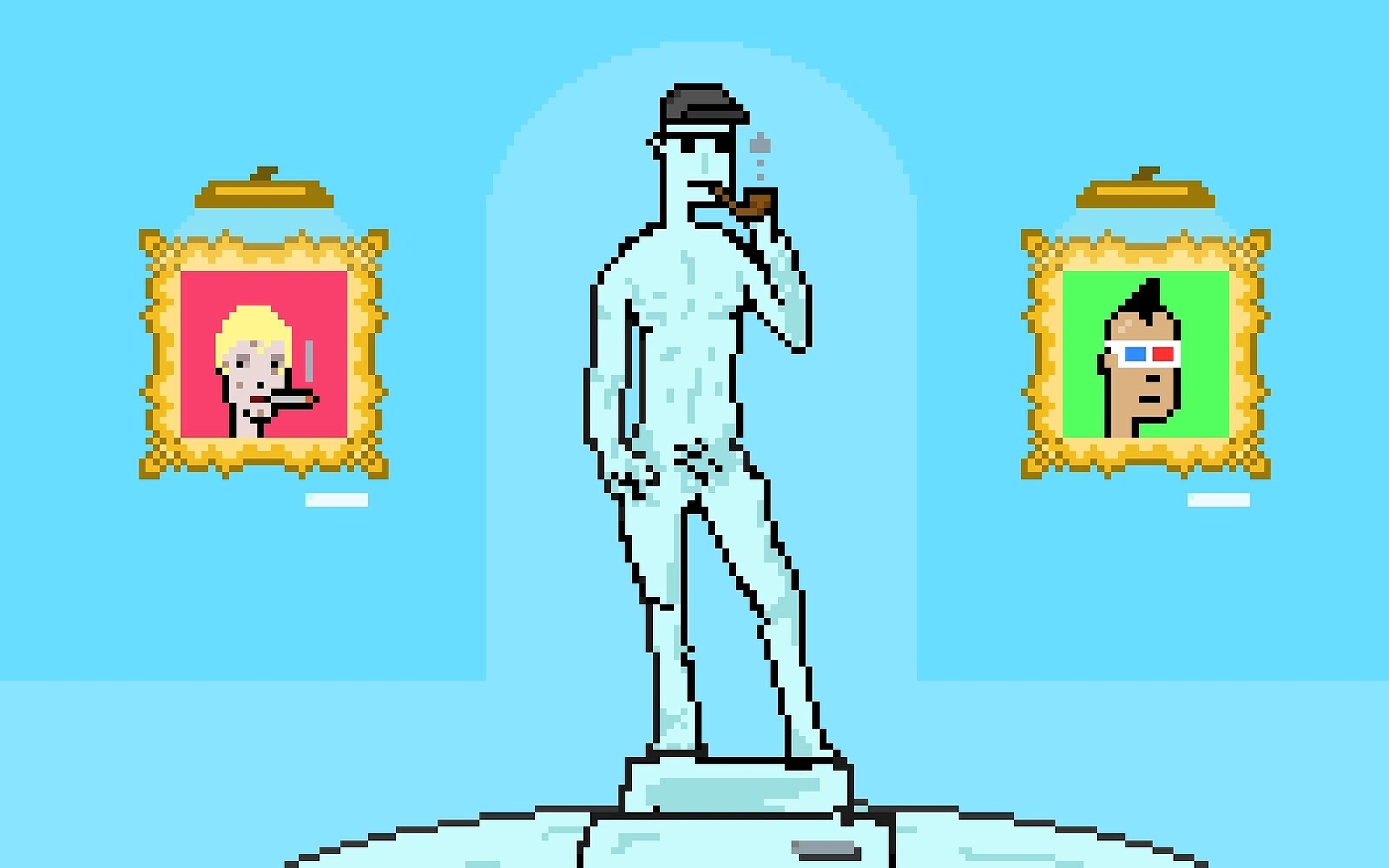
You, however, retain all business rights over the artwork underlying the NFT. You can also market your art by selling prints or merchandise or even licensing it.
Collectors can’t do any of the following: Duplicate the NFT, charge people to see the NFT, sell anything derivative that includes the NFT, or utilize it commercially.
This leads us to an essential question: are NFTs copyrighted? Because NFTs do not fulfill the minimal requirements for copyright protection, they are unlikely to be covered. The artworks in question are essentially representations of data on a blockchain, which would not be considered an original work of authorship under intellectual property law.
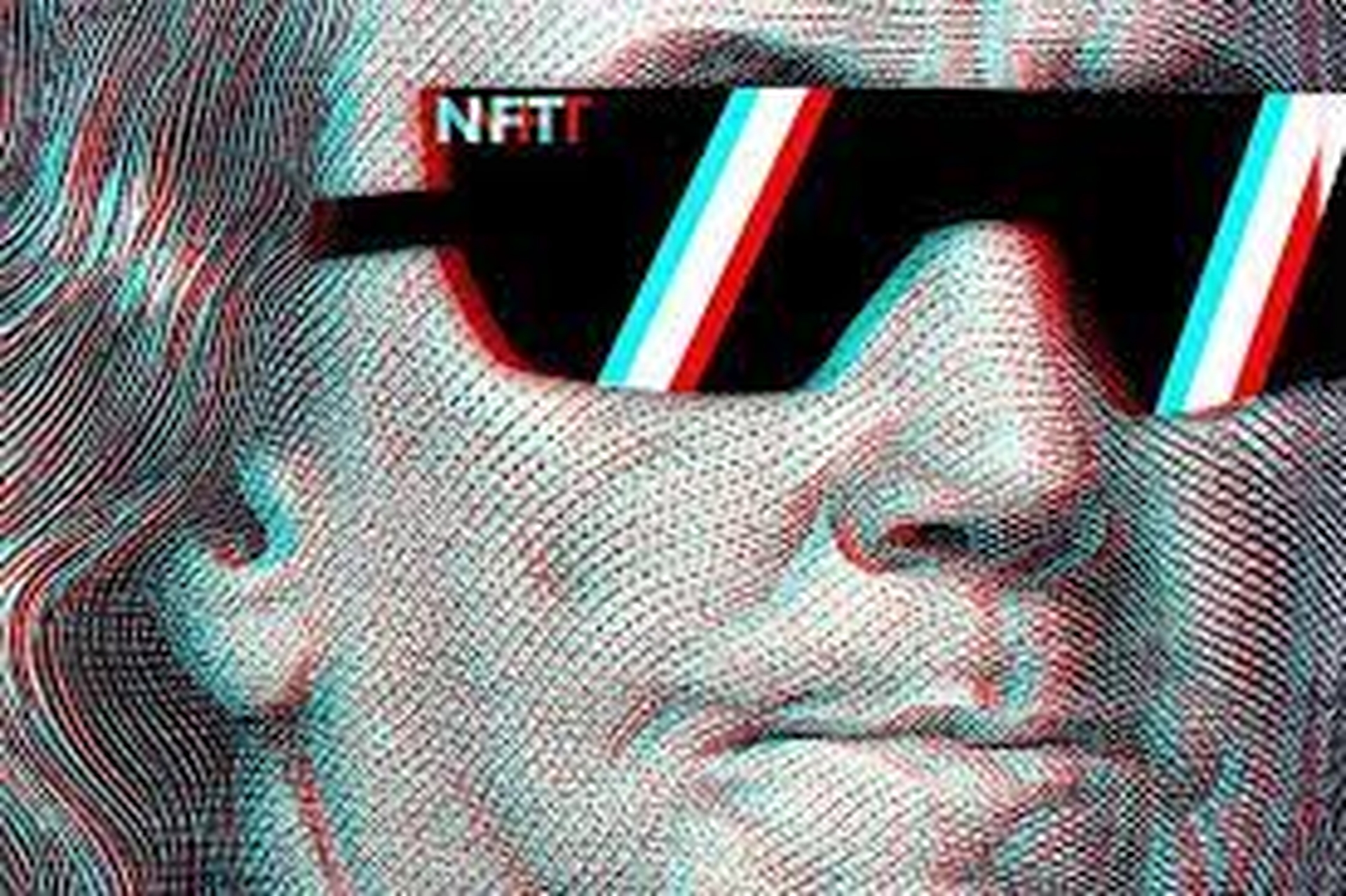
However, the artwork you mint may be covered by copyright. As a result, you should never create an artwork that isn’t your own (or with the assistance of other artists). In the United States and Canada, copyright protection only extends to the expression of ideas, and not ideas or concepts only. This means you need to “fix” your idea on a medium for it to be protected.
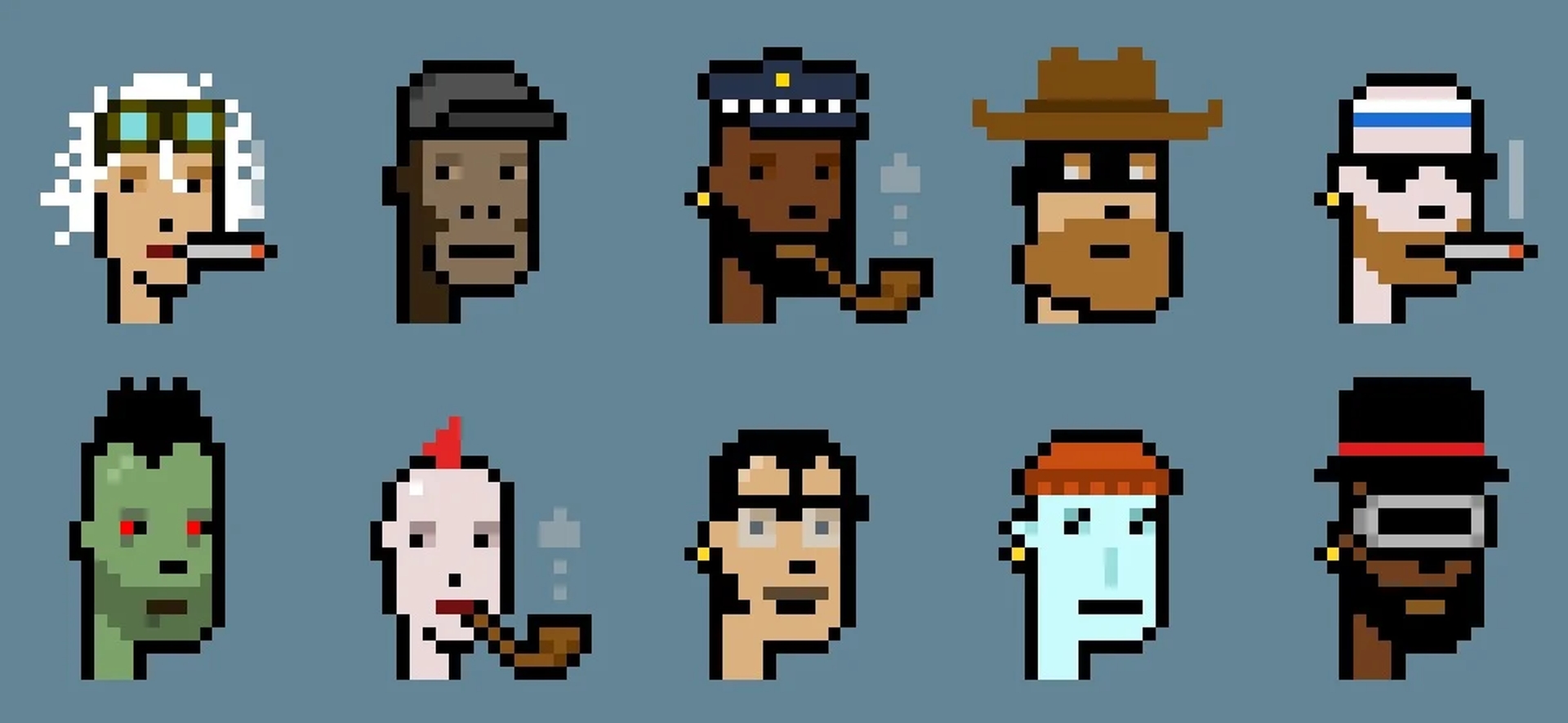
Before minting you should know these NFT art rules
When creating a new piece of art, there are a few things to think about in terms of NFT art rules. The current NFT market is largely based on how artists and collectors act on the blockchain. As a result, you should always be cautious when performing to guarantee future market stability. Before producing new work, consider the following questions to ensure you’re adhering to copyright regulations:
- Is the artwork you want to mint original and unique, and created by you?
- Minting a non-original artwork or stealing art from someone else could be considered copyright infringement.
- Have you created the artwork underlying the NFT yourself, or in collaboration with other artists?
- If you want to mint collaborative artwork, make sure you get authorization from the other contributing artists.
- Are you the owner of the artwork’s intellectual property rights?
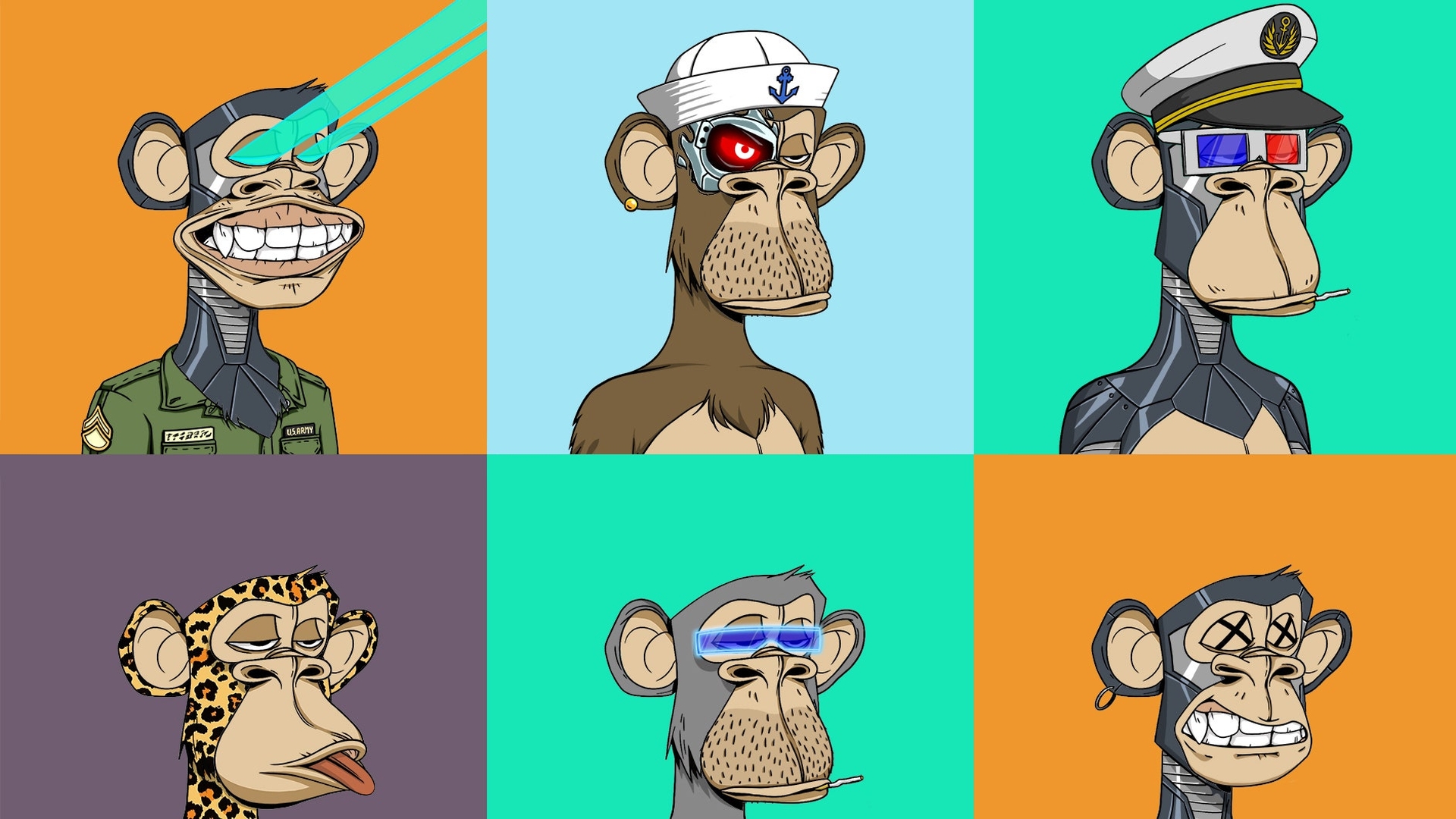
If the artwork was produced as a commissioned work or for your employer, you probably don’t own the IP rights. If you’ve already licensed or transferred your rights to that piece, you might want to examine these contracts before creating the artwork. Always get legal advice if you’re not sure. If your work includes, incorporates, or is inspired by other artists’ work, make sure you have the right to use them!
In intellectual property law, there are a few exceptions that allow you to exploit other people’s work (such as if the artwork is now in the public domain or if it may be considered fair use). However, obtaining written permission from the artist or, if this is not feasible, consulting a lawyer is always preferable.

Can I transfer or sell my copyright to someone else?
Yes, copyright may be transferred or assigned to someone else according to NFT art rules. Both parties must sign and deliver the transfer or assignment in writing. It’s a good idea to seek legal counsel before proceeding with the copyright transfer or assignment. You are not transferring or assigning copyright to the buyer if you sell an NFT as previously stated.
However, it would be possible to do so if it was expressly agreed by both parties in a written contract. Lately, Family Guy artist Seth Green’s NFTs were stolen from him and he can’t continue to make his show because his show was revolving around an NFT character. Perhaps he can just continue to make the show and get sued by the thief instead of suing him and meddling with court politics…
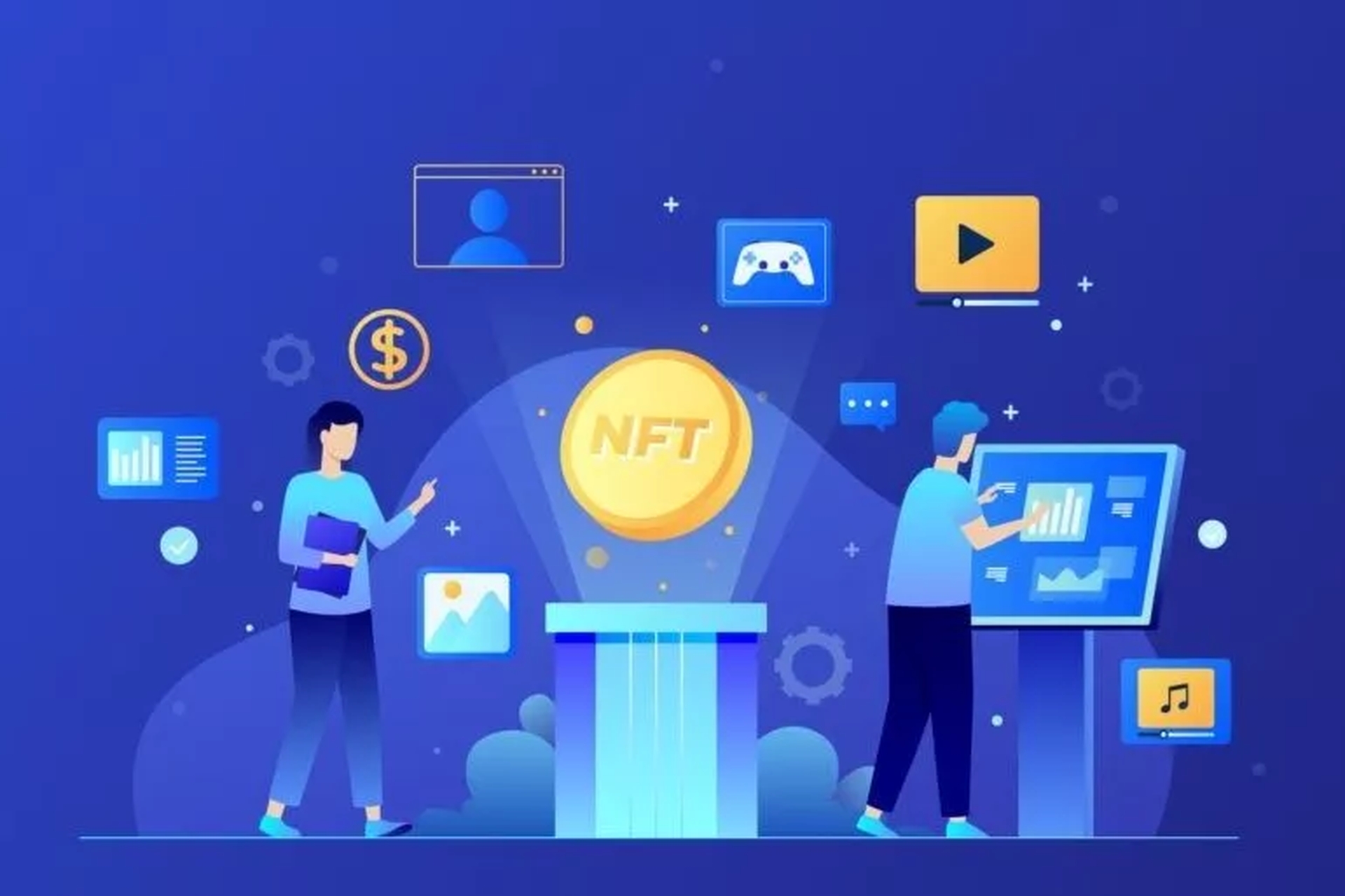
Can I mint a piece I created in collaboration with someone else on a marketplace?
Yes, you can in theory. However, most platforms do not yet allow for the “joint-minting” of artworks. As a result, it is critical to ensure that your relationship with the artwork’s co-creator is good if you want to ensure that the profits are distributed appropriately.
Can I mint a piece I created for my past/present employer?
In theory, no, you cannot. In principle, as we stated before, each work of art is owned by the artist. There is an exemption for works created as “works made for hire.” If you produced work for your employer (with whom you had an employment contract) or were hired to create it under a written agreement, the person who hired you to do the job is its owner.
In each situation, you should contact a lawyer and, if possible, get permission from the person who hired you to create the item. If you do receive such permissions, make sure you have them in writing if at all possible. Keep in mind the basic rule: you can only produce artwork for which you hold the copyright.
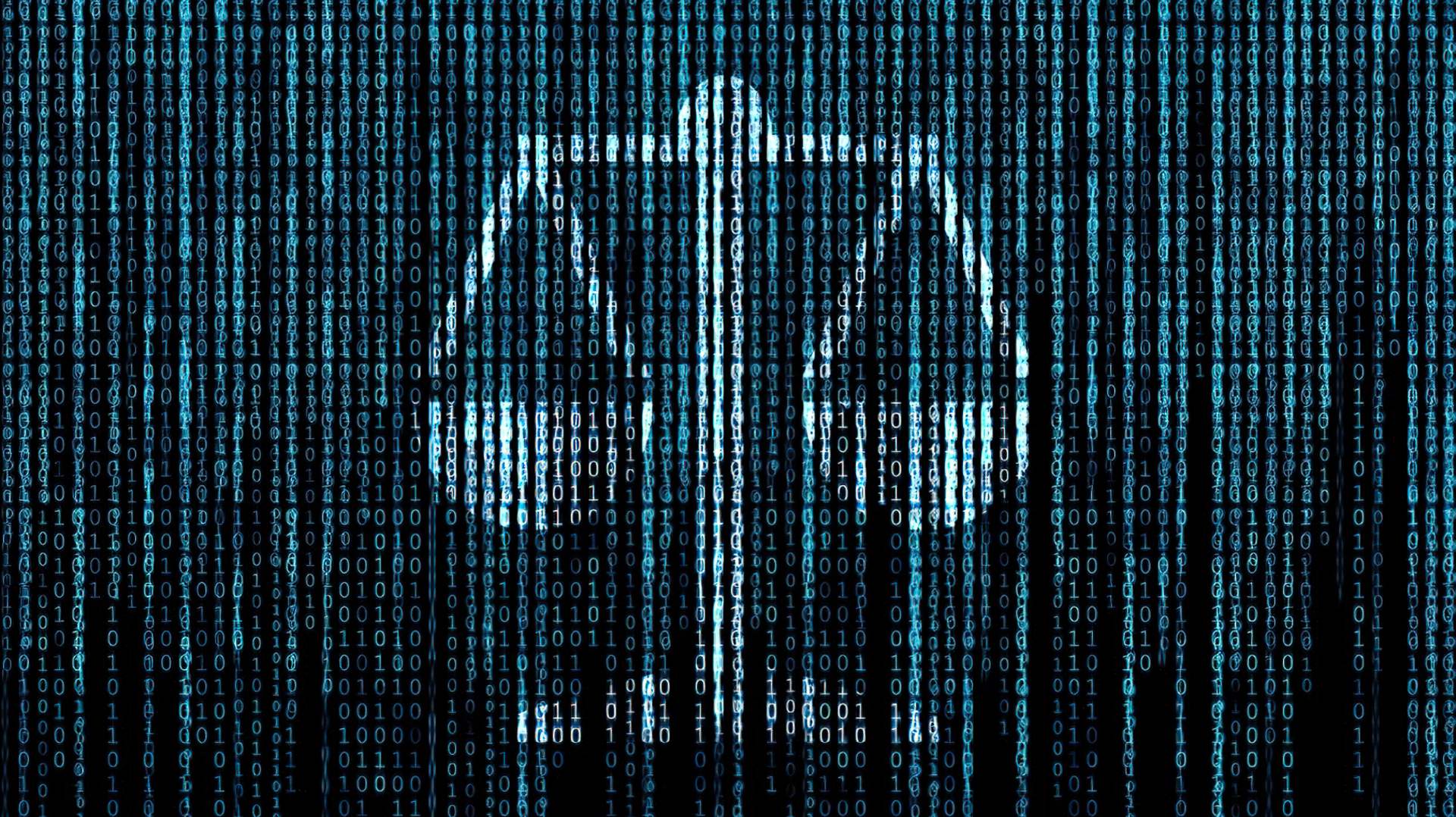
Can I use or incorporate someone else’s art in my NFT?
Technically, you should never copy or use someone else’s work without their prior consent, for the same reasons you wouldn’t want someone to copy your work and benefit from it without your approval first according to NFT art rules. However, there are certain exceptions to this guideline where it’s permissible to create a work that includes non-original content (that you didn’t produce yourself).
Always seek authorization from the artist before taking advantage of these exceptions. Because there are no “guidelines,” the exceptions might be tough to apply with 100% accuracy. Only a court may determine whether these exemptions are legitimate. That is why you should always check to see if the artist has given his or her permission before proceeding. Another thing to think about is crediting the artist in your artwork. In the description of your NFT, you should reference the artist and the artwork’s name.
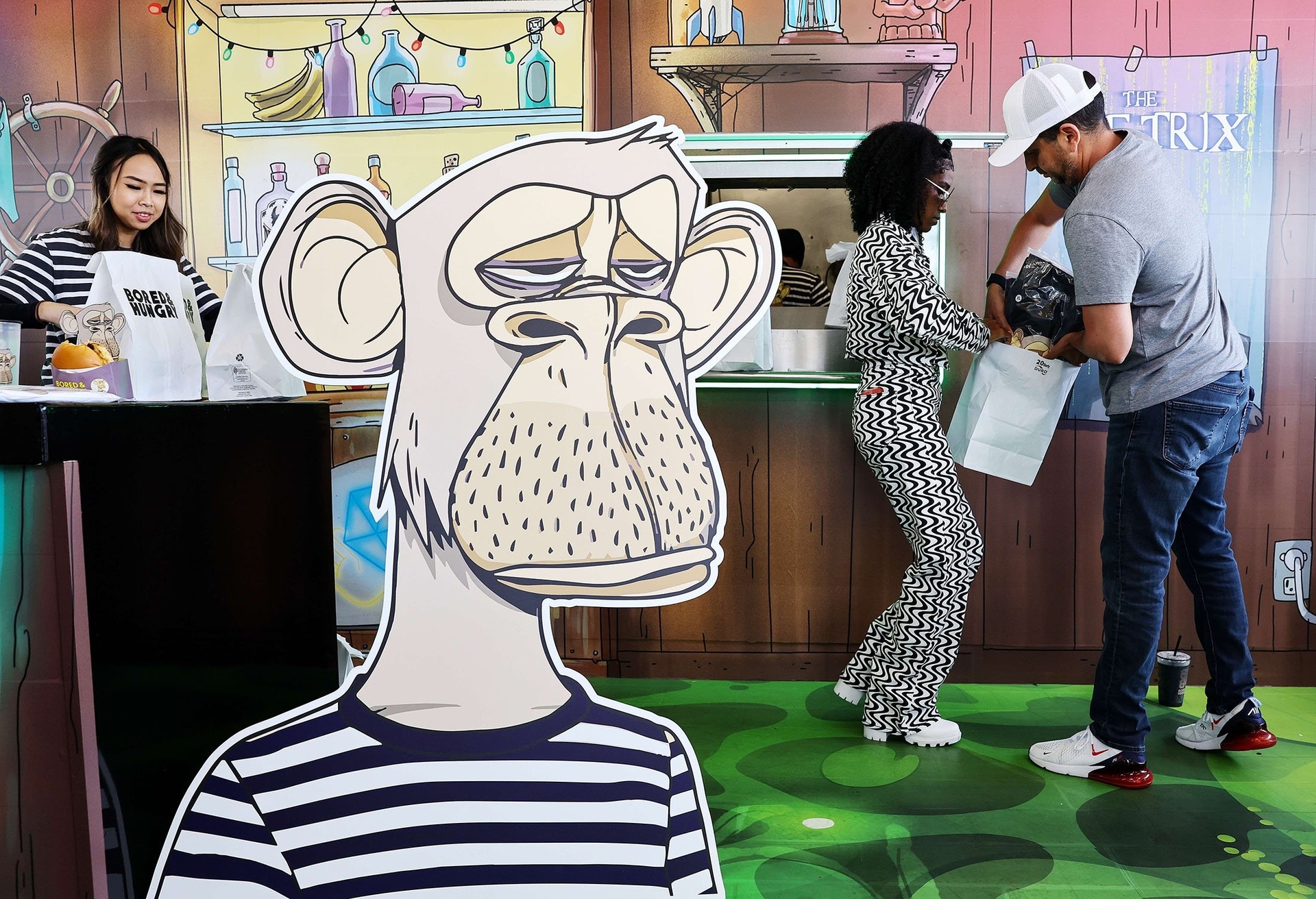
Exception 1: Fair use defense
Fair use is straightforward to explain, yet it isn’t always simple to apply. Simply defined, fair use allows you to make use of another artist’s work so long as you do so fairly. The more difficult section now begins… Because the meaning varies from nation to nation, you should always consult with a lawyer if you’re attempting to use this exception in order to ensure that it can be applied to your circumstance and that you aren’t infringing on someone else’s copyright. In all cases, you should consider the following factors in order to assess whether your usage of the artwork is “fair”:
Your work should have a “transforming” aim, similar to that of the original artwork. This means you should be adding something new to the market, kind of like how a remix of a song isn’t simply another copy but rather an entirely new piece. The “transformative” purpose of your creation should fall into one of these categories:
(a) to comment or to criticize the copyrighted work, or (b) to make a parody out of it; The work you are appropriating should not be prominently displayed in your work, meaning it should not be the main part of your piece; the fair use exception exists mainly to allow freedom of expression in the world, not to allow people to benefit from the work of others fraudulently.
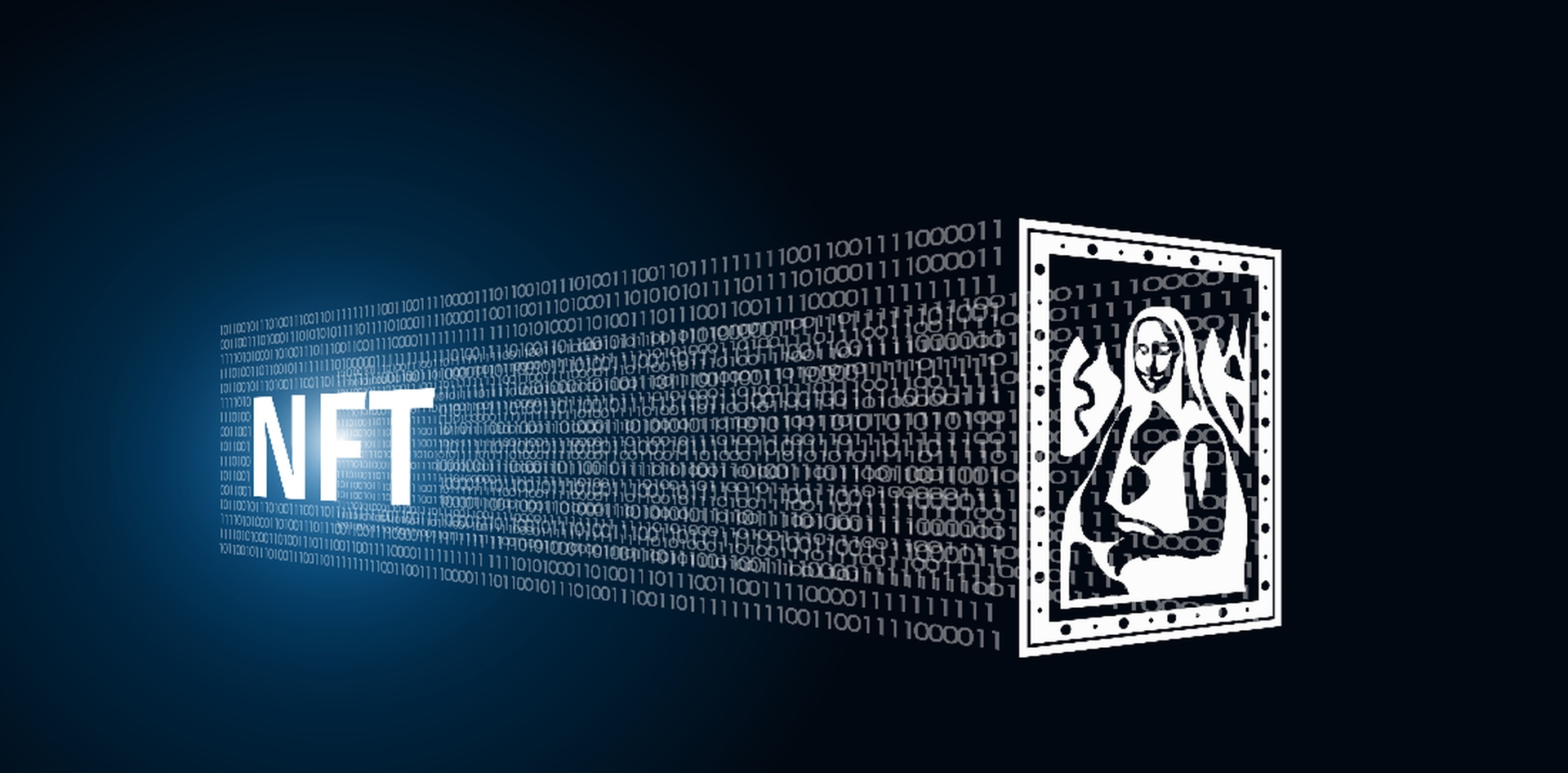
The fair use exception also covers trademarks. Business names, logos, and slogans are examples of trademarks. You may utilize trademarks in your work, but you must first make sure that doing so will not cause confusion among consumers about who created the work. Individuals must be informed of the reasons for and goals of their job (comment, criticism, or parody). In conclusion, you should not utilize someone else’s trademark just to gain traction/attention for your work.
Exception 2: Public domain
Artworks enter the public domain after they have been released from copyright protection. Once artwork has left the realm of copyright, it enters the public domain. It is no longer under copyright protection when it is no longer covered by copyright.
When the author dies, it enters the public domain. The duration of copyright in most countries, including the United States and the European Union, is 70 years after the artist’s death. In other countries, such as Canada, copyright lasts for 50 years after the artist’s death. Art may also be in the public domain if the artist intended his work to enter the public domain.
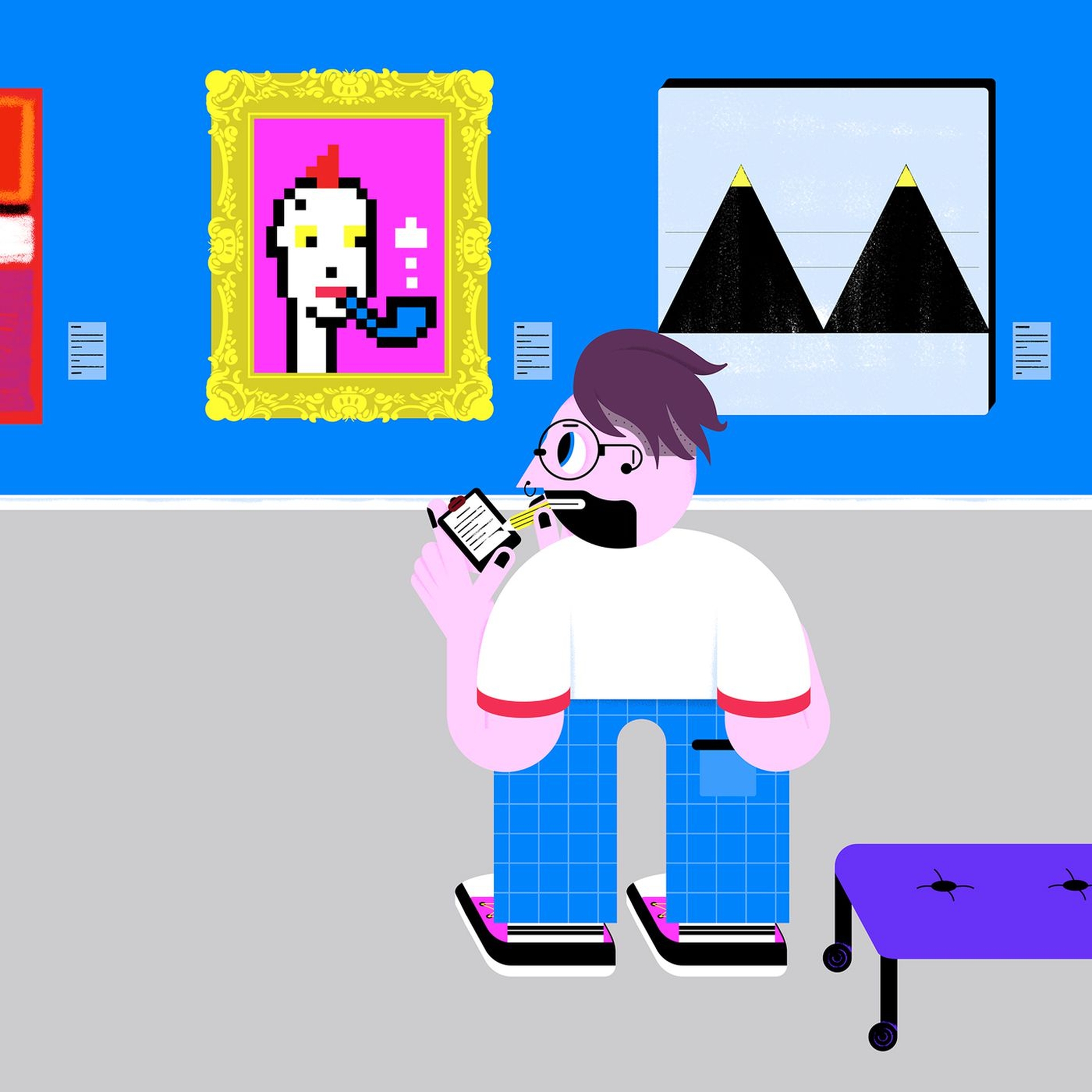
Once a work is in the public domain, you are free to use it without asking for permission or even having copyright to the piece. You may even sell public domain art as is done. Remember, an NFT must be your original work when you mint it. As a result, don’t mint a public domain item (unless you’re using only part of it). Also note that, even if a piece enters the public domain, some photographs of the piece may not be in the public domain if they were taken later.
We hope that you enjoyed this article on NFT art rules and copyright. If you did, you might also like to check out Upcoming NFT drops: Solana NFT drops (June 2022), or who is Hyper NFT.

